
Disney has a sprawling theme park empire, spanning both coasts of the US, the heart of Europe, Japan and (soon) two resorts in China. Since the debut of Disneyland in 1955, the company has done an impressive job of expanding its footprint.
Still, not every plan can come off. Before his death, Walt Disney devised numerous theme park projects which - for one reason or another - never came to fruition. The same is true of his successors at the helm of the company he built.
Covering all of these parks in detail is a huge job - worthy of an entire book (or books). So, in this article, we're going to focus on the ones that nearly made it. In many cases, they were actually announced to the public, before being cruelly snatched away. Reading about them and admiring concept artwork produced by Imagineers, it's difficult not to emit a wistful sigh about what might have been.
We've collected these disparate "phantom" parks into one imaginary wonderland: Possibilityland. Join us on a fascinating tour as we discover the parks that Disney designed, but which we'll never get to visit.
1. Mickey Mouse Park
Location: Burbank, California
Planned in: Between late 1930s and early 1950s
Theme: Small-town America in the early 20th century
Size: 8 acres
Lands: Town Square / Main Street, Western Village, Farm, Carnival
Background
The idea of building an amusement park-style attraction where families could enjoy themselves together had been interesting Walt Disney for decades before Disneyland finally opened its gates in 1955.
Flush with the success of Snow White and the Seven Dwarfs following its 1937 release, Disney concocted plans to build a new studio on a 51-acre plot in Burbank. Even before the studio opened, Walt hit upon the idea of installing an amusement park on part of the property to satisfy the urges of those wishing to visit the Disney studios.
The Second War War caused the project to be put on the backburner. It wasn’t until summer 1951 that an excursion provided the impetus to get the project back into development. Walt toured Europe with wife Lillian, and visited the famous Tivoli Gardens in Copenhagen. He was impressed by the cleanliness of the park, the beauty of the surroundings, the quality of dining on offer and the pleasant disposition of the employees. “Now this is what an amusement place should be,” he declared to his wife.
Walt asked Harper Goff, an art director at the studio and fellow railway fanatic, to produce sketches of the park. These were expanded upon with drawings by architect John Cowles and animator Don DaGradi. It is from these drawings and sketches that we can get an impression of the experience that would have been on offer to guests at Mickey Mouse Park.
The plans
Mickey Mouse Park was designed to be a small, family-friendly park that would differ significantly from typical amusement parks of the era. Instead of concrete and high-speed roller coasters, it would offer grassy areas, picnic tables, water features and gentle rides that could be enjoyed by young and old guests alike.
The Village
The central area of the park would be a turn-of-the-century village that was clearly modelled on Marceline, the Kansas town where Walt spent part of his youth. This would be built around a village green, with a Town Hall (doubling as an administration building) at one end and a railroad station at the other. A working steam train on a narrow-gauge track would circle much of the park..
Surrounding the village green would be a fire station, a police station and a selection of shops, representative of a typical American town in the early 20th century. An opera house would host a movie theatre, and could also be used for radio and television broadcasts.
The Lake
A large section of the park would also be given over to a lake, with an island in the middle. Guests could enjoy views of the island from a stern-wheeler riverboat that would circle it.
Western Village
A horse-drawn streetcar would carry guests from the main village to a second, smaller village – this time themed around a western settlement. This would host a general store selling cowboy items, a pony ring, a stagecoach ride, a donkey pack train and possibly a movie theatre showing westerns. A frontier museum was also considered, as well as a small settlement of Indian teepees.
Farm and Carnival
From the Western Village, guests could board horse-drawn surreys and buckboards. These could carry them through an old-fashioned farm and to a carnival area. Perhaps surprisingly, given Walt’s dislike for traditional amusement parks, this would be populated by “roller coasters, merry-go-rounds...typical Midway stuff”.
Other attractions
Later plans included more ambitious rides such as a canal boat ride through a “Lilliputian Land”, a mock spaceship and a submarine ride. Other elements that appeared in various sketches included a petting zoo, a haunted house overlooking the main village and a roller coaster-style ride that would race across a broken bridge.
What went wrong?
The plans and sketches for Mickey Mouse Park were presented to the Burbank Parks and Recreation board in March 1952. The board approved the plans, but Burbank city council subsequently rejected them, with one councilman proclaiming: “We don’t want the carny atmosphere in Burbank! We don’t want people falling in the river, or merry-go-rounds squawking all day long.”
By this stage, Walt had already decided that his ideas had outgrown the small site identified for Mickey Mouse Park. After an exhaustive search led by Harrison “Buzz” Price, SRI settled on then-rural Anaheim, California, and Walt acquired a 160-acre parcel of land in the area. Disneyland opened on that plot in 1955, and the rest is history.
The legacy
Elements of Mickey Mouse Park lived on in the Disneyland that opened in 1955, and many remain in the park even today. The most prominent of these are the Town Square and Main Street, USA, which – like the main village of Mickey Mouse Park – are idealized recreations of a turn-of-the-century Midwestern town.
A steam train circles Disneyland, just as it would have circled the smaller park. Horse-drawn streetcars pull guests up and down Main Street, USA. The Storybook Land Canal Boats are an evolution of the canal boat ride sketched out by Harper Goff, and riverboats circle Tom Sawyer Island just as they would have circled the small island in Goff’s drawings. The Western Village idea was imported wholesale for Frontierland, with Disneyland’s pack mule ride being similar to the proposed donkey pack train.
Learn more
You can discover the full, in-depth story behind Mickey Mouse Park in this article.
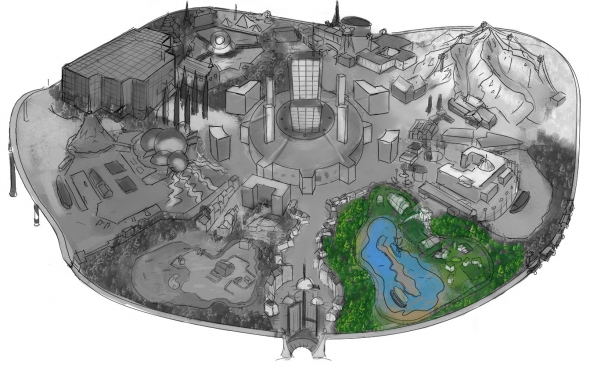

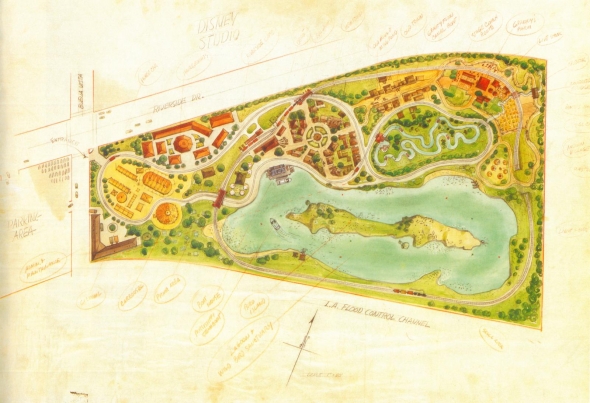
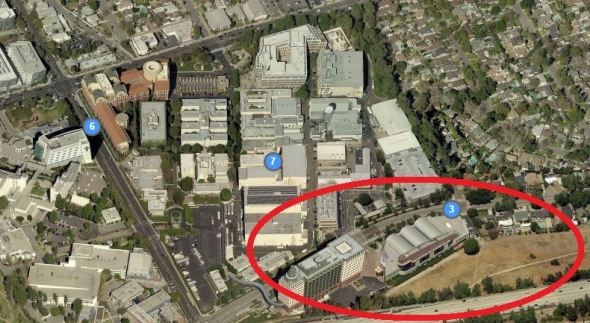
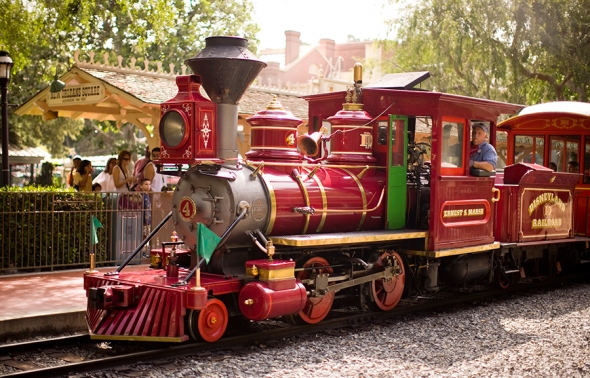
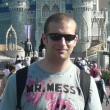
Add new comment